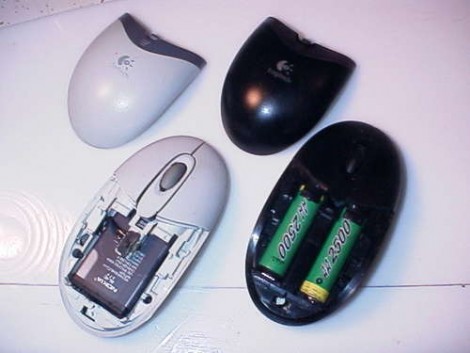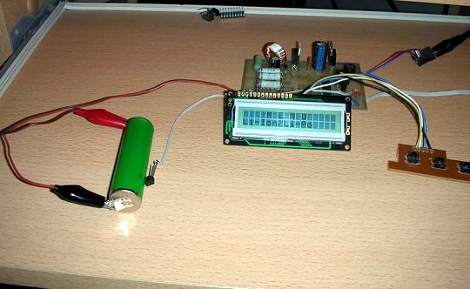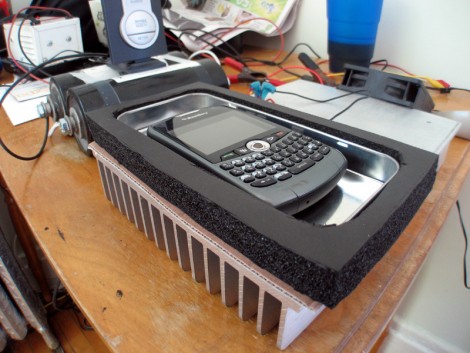
After [Luke] built a suitcase mini-ITX rig for LAN parties he was left with one problem: he didn’t have any speakers and he didn’t want to use headphones. Not wanting to do something boring like a USB-powered speaker setup, he built a PVC Boombox.
Built around 3 inch PVC pipe, the boombox houses an off the shelf 15 W amplifier, bluetooth receiver, and charge controller. [Luke] found a deal on a dozen 1400mAh lithium ion batteries and despite the standard, “if you don’t know what you’re doing, don’t use lithium” trope commonly given as advice, he forged ahead anyway. [Luke] picked up a power converter that charges the batteries and provides some protection. The batteries are charged though wall power with a transformer and a huge cap scrounged from an ATX power supply.
[Luke] is pretty pleased with his boombox. Not only does it put out some decent quality sound, the battery life should be tremendous. It’s not a ground-up build, but we think it’s a pretty nice project. [Luke] will be taking the ‘boomtube’ to the Detroit Maker Faire next month, so if you see him make sure to say hi.















